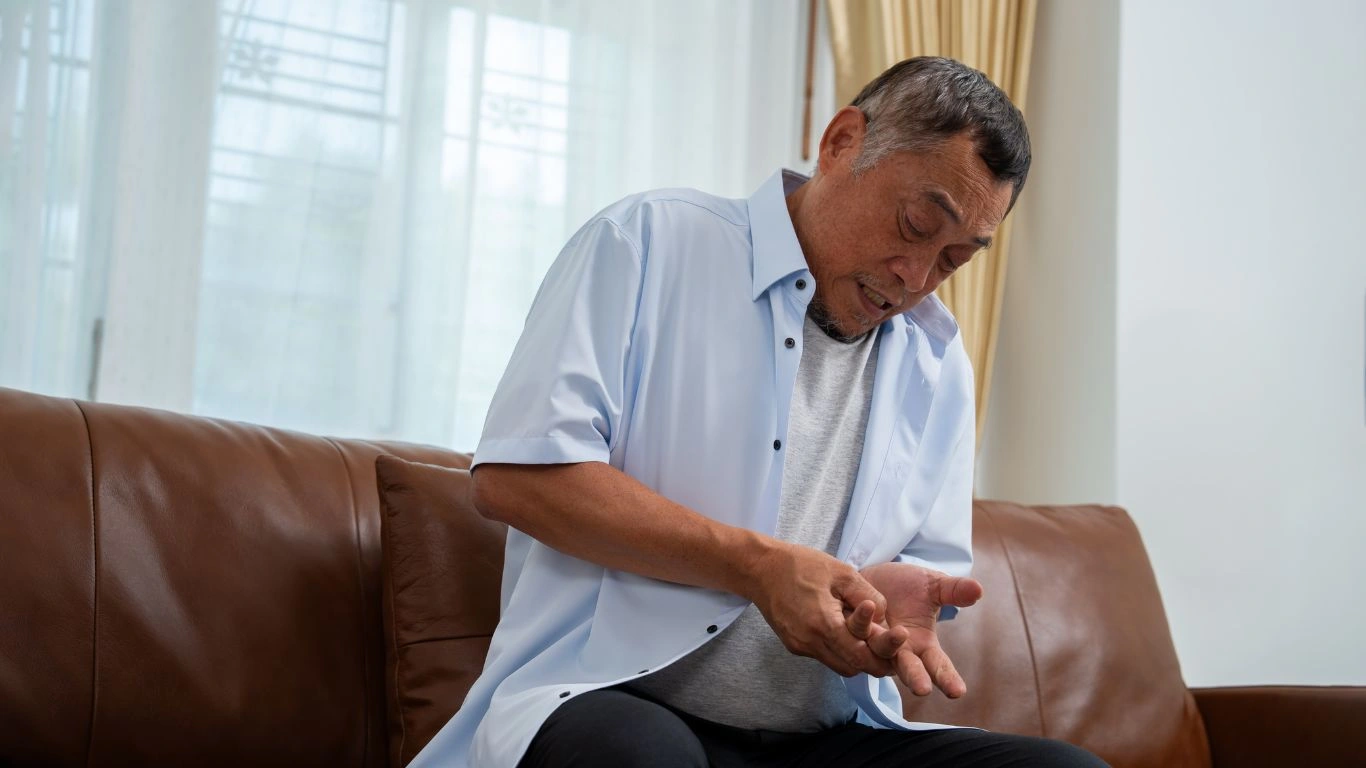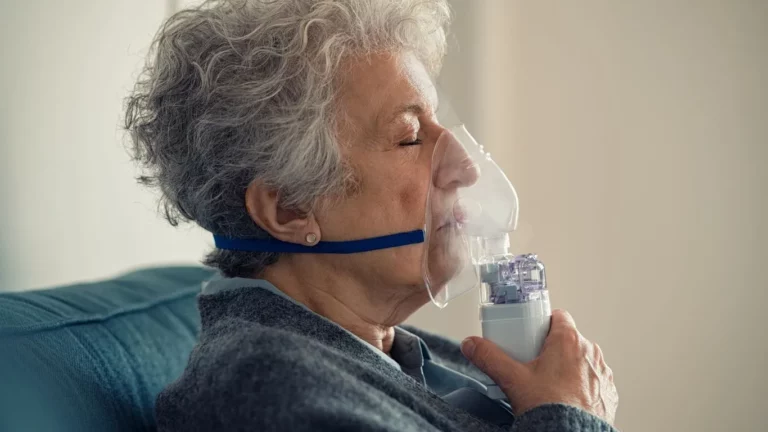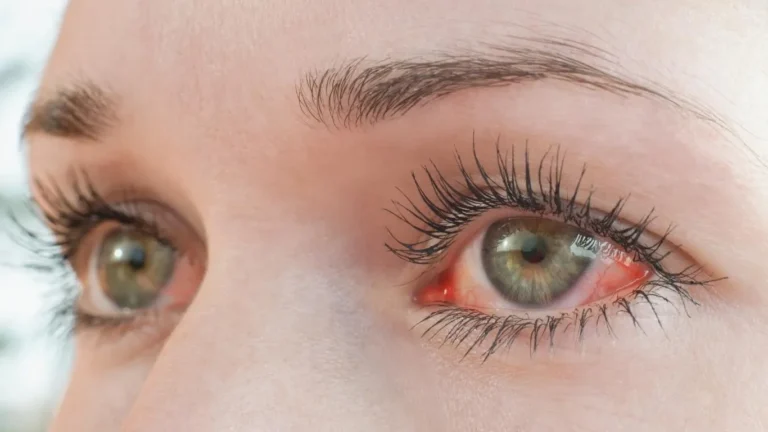Ultimate Guide to Managing Rheumatoid Arthritis and Skin Sensitivity
Living with rheumatoid arthritis and skin sensitivity issues is something many people don’t talk about enough—but it’s real, and it can be frustrating. As a Rheumatology nurse practitioner, I’ve seen firsthand how skin flare-ups can sometimes be just as uncomfortable as joint pain. My patients often walk in for joint issues and then hesitantly mention, “Oh, by the way, my skin’s been acting weird too.” Trust me, you’re not imagining it. Skin sensitivity is absolutely part of the RA experience for many, and it deserves attention.
What’s the Link Between Rheumatoid Arthritis and Skin Sensitivity?

So let’s break it down a bit. Rheumatoid arthritis (RA) isn’t just about stiff joints and morning pain. It’s an autoimmune condition, meaning your immune system gets confused and starts attacking healthy tissues—sometimes in your skin, not just your joints. It’s like your body’s defense system is in overdrive, and unfortunately, your skin can take a hit too.
I remember a patient, we’ll call her Marie, who came in thinking she was having an allergic reaction. Turns out, it was a rheumatoid vasculitis rash—tiny red or purple spots on her legs caused by inflammation of the blood vessels. It wasn’t itchy, just painful and concerning. Skin sensitivity in RA can look different for everyone, and that’s part of the challenge.
Common Skin Reactions You Might Notice
If you’ve ever dealt with itchy, burning, or super dry skin during an RA flare, you’re not alone. Here are a few common things we see in clinic:
- Redness and rash: This can be mild or more severe, sometimes resembling eczema.
- Thin, fragile skin: Long-term steroid use (hello, prednisone!) can cause your skin to bruise or tear more easily.
- Nodules: These are firm bumps under the skin, often near pressure points like elbows.
- Vasculitis: As mentioned, inflammation in small blood vessels can lead to painful spots or ulcers.
Is It RA or Something Else?
That’s always the tricky part. I usually tell patients that not every skin issue is automatically from RA—but we can’t ignore it either. Sometimes what looks like a rash from RA might actually be a reaction to meds (like methotrexate or biologics), or even unrelated conditions like psoriasis or lupus.
As someone who sees these cases daily, I always advocate for taking pictures of any new or unusual skin changes. It helps us track patterns and catch serious issues early. Plus, let’s be real—by the time you get to your appointment, the rash may have calmed down, and we miss our chance to see it in action!
Why Skin Sensitivity Can Feel Worse During RA Flares

Ever feel like your skin gets extra tender when your joints are acting up? That’s not in your head. During a flare, your immune system goes into full-blown attack mode. The inflammation doesn’t just stay in your joints—it spreads out, affecting nearby tissues, including the skin.
And honestly, pain perception can be heightened too. One of my patients explained it perfectly: “It’s like everything hurts, even my clothes feel like sandpaper.” That level of sensitivity can really wear you down, especially when it messes with your sleep or makes it hard to wear your go-to comfy clothes.
Other Contributing Factors
Besides the disease itself, a few other things can make skin sensitivity worse:
- Medications: As mentioned, steroids and DMARDs (Disease-Modifying Antirheumatic Drugs) can both play a role in skin thinning or causing rashes.
- Dryness: Chronic inflammation can mess with your body’s ability to retain moisture, leaving your skin feeling dry and tight.
- Stress: Yep, the emotional toll of RA can trigger skin changes too. Stress flares are real!
- Climate: Patients in colder, drier climates often report more issues with cracking and irritation.
Learning to Read Your Skin’s Signals

Here’s the deal: your skin can be an early warning sign that something’s off. I always encourage my patients to get familiar with what’s normal for them, and to speak up when something changes. Skin sensitivity may seem like a small piece of the RA puzzle, but it’s often a window into how your immune system is behaving overall.
And no, you’re not being “too sensitive” by bringing it up. These symptoms affect your quality of life just as much as joint pain does. As a clinician, I’d much rather hear about every bump, itch, or spot than miss something important.
Managing Rheumatoid Arthritis and Skin Sensitivity Issues Day-to-Day
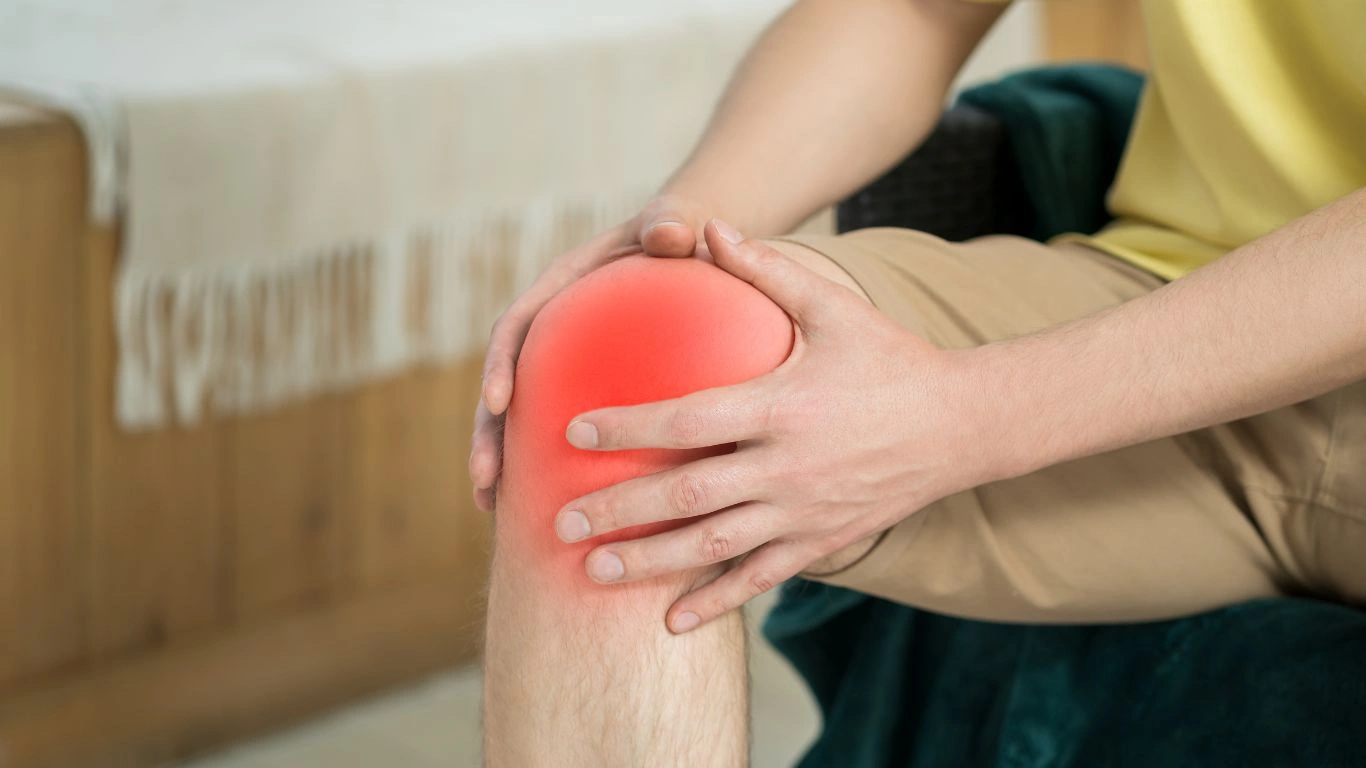
Now let’s get into the real-world part—how do you actually manage rheumatoid arthritis and skin sensitivity issues when you’re juggling meds, flares, fatigue, and all the other fun surprises RA throws your way? The good news is, there’s a lot you *can* do. The not-so-fun news? It takes some trial and error. But hey, that’s where experience (and a little patience) comes in.
I always tell my patients that consistency is key. It’s not about finding the “magic” product—it’s about building a solid routine that works for *your* body. I’ve had folks swear by one cream that completely irritated another patient. So don’t get discouraged if your first attempt flops. Keep experimenting (safely, of course) and adjust based on your skin’s feedback.
Tips for Calming Reactive Skin
Let’s talk practical, simple ways to give your skin some love when it’s feeling cranky:
- Use fragrance-free products: This one’s a game-changer. A lot of fancy-smelling stuff can trigger or worsen sensitivity. Stick with gentle, unscented cleansers and moisturizers.
- Short, lukewarm showers: Hot water can strip your skin of its natural oils. I know a hot shower feels amazing on sore joints, but try not to overdo it.
- Pat dry—don’t rub: Be gentle when you towel off. Blotting your skin helps prevent micro-irritations that can lead to inflammation.
- Moisturize right after bathing: Lock in moisture while your skin is still slightly damp. This really helps with that tight, dry feeling.
Personally, I keep a travel-size moisturizer in my work bag and reapply throughout the day. Between gloves, hand sanitizer, and washing my hands a zillion times, it’s a must.
How RA Medications Affect Your Skin

We can’t have an honest talk about skin and RA without diving into meds. They’re essential—don’t get me wrong—but they can have some frustrating skin-related side effects. Methotrexate, biologics, and steroids are lifesavers for joints but can sometimes wreak havoc elsewhere.
Common Medication-Related Skin Side Effects
- Methotrexate: Can cause mouth sores, skin peeling, or increased sensitivity to sunlight. I always advise sunscreen—even on cloudy days.
- Biologics (like Humira or Enbrel): May trigger injection site reactions. Redness, warmth, and slight swelling are common, but if it looks infected—call your provider.
- Steroids: These can thin the skin, making it bruise easily and heal slowly. I’ve had patients come in with mystery bruises, not realizing their prednisone was the cause.
If you notice changes after starting a new med, bring it up. It’s easy to think, “Oh, it’s nothing,” but tracking side effects is part of personalized care. I’ve adjusted treatment plans many times because a patient’s skin just couldn’t handle a certain drug. And that’s okay—we’ve got options.
When to Call in the Dermatologist
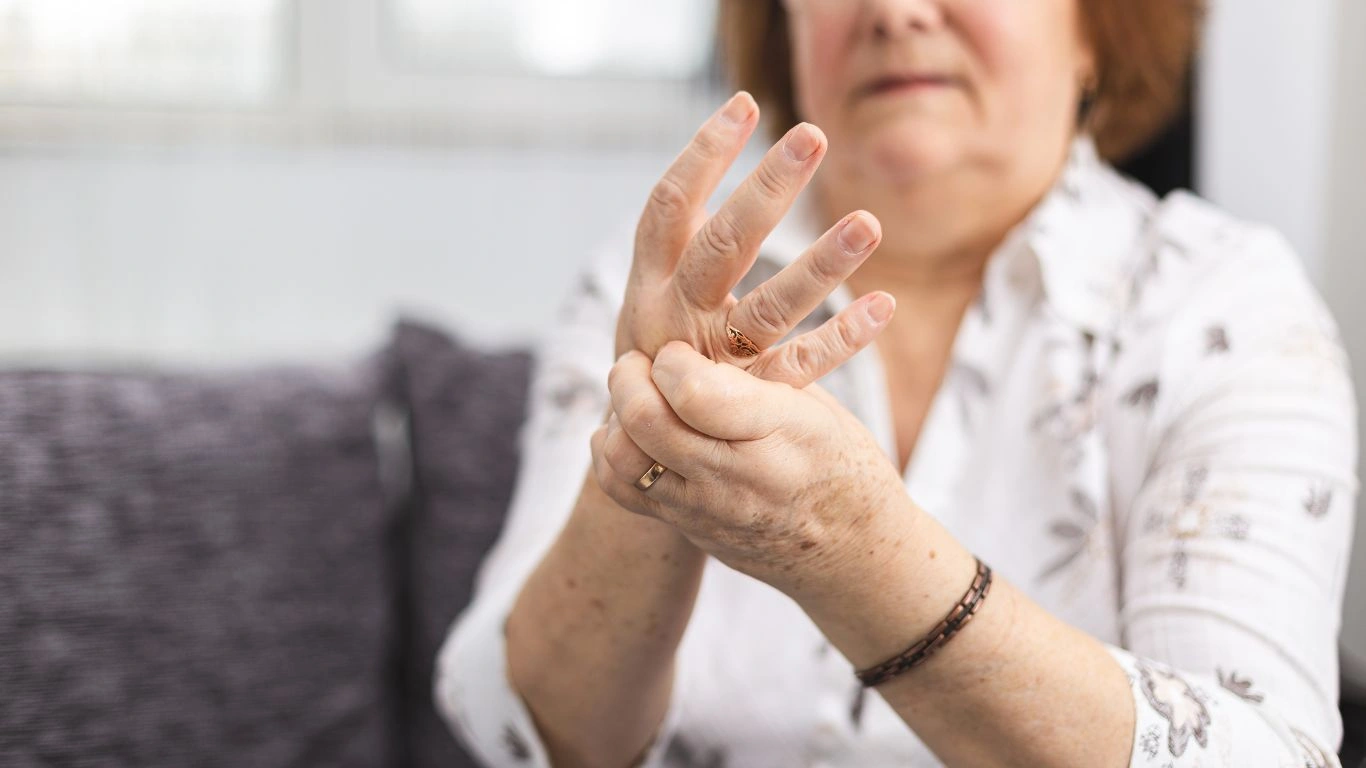
Let’s be honest—sometimes, you need backup. I’m all for doing what you can at home, but there are times when skin issues go beyond what a basic routine can manage. If you’ve got a rash that’s spreading, not healing, or just plain weird, don’t hesitate to loop in a derm.
I’ve teamed up with dermatologists plenty of times when skin symptoms got tricky. One patient had what looked like psoriasis, but it turned out to be a rare RA-related skin condition. Getting a biopsy helped us get the right treatment fast. Teamwork makes a difference.
Signs It’s Time to See a Specialist
- Persistent rash that doesn’t respond to treatment
- Painful skin ulcers or open sores
- Signs of infection—redness, warmth, pus, or fever
- Worsening nodules or unexplained lumps
And just to add a personal note—don’t wait until things get unbearable. The sooner we catch it, the easier it is to manage. I’d rather see you early than have to do damage control later.
Listening to Your Body (and Your Skin)
Something I’ve learned from years of working with people living with RA: your body whispers before it screams. Skin changes, weird textures, or sudden dryness can be early signs that inflammation is bubbling beneath the surface—even before your joints flare up.
One of my long-term patients always knew a flare was coming when her elbows got itchy and red. That was her body’s way of waving a little red flag. Once we picked up on that pattern, we could intervene sooner—and it made a big difference in her flare management.
So yeah, your skin is more than just your outer layer. It’s a messenger. Pay attention to it, talk to your care team, and don’t brush off even the “small stuff.” It’s all connected, and you deserve to feel good in your skin—literally.
Practical Lifestyle Changes to Support Your Skin and RA Journey

By now, you’ve probably realized that managing rheumatoid arthritis and skin sensitivity issues isn’t just about medications and doctor visits—it’s also about lifestyle choices that can make a big difference. Over the years, I’ve seen patients transform their skin health and overall well-being by making small but meaningful changes. And trust me, it’s worth the effort.
One of my favorite parts of my job is helping people find those personalized tweaks that fit into their daily lives without feeling overwhelming. Here are some tips that I often share with my patients that can really help soothe sensitive skin while keeping RA symptoms in check:
Hydration and Nutrition Matter More Than You Think
Hydrating your skin from the inside out is huge. I tell people to drink water throughout the day, not just when they’re thirsty. Staying hydrated helps keep your skin supple and can reduce dryness that makes sensitivity worse.
On the nutrition front, anti-inflammatory foods can support both joint and skin health. Think:
- Fatty fish: Salmon, mackerel, and sardines are packed with omega-3s that can help calm inflammation.
- Colorful fruits and veggies: Berries, spinach, and sweet potatoes deliver antioxidants that protect skin cells.
- Whole grains: Brown rice and quinoa provide steady energy without spiking inflammation.
While diet isn’t a cure-all, balancing your meals with these ingredients can provide a solid foundation for managing both RA and skin issues.
Mind Your Clothing Choices
This might sound simple, but what you wear can have a surprising impact. Soft, breathable fabrics like cotton or bamboo help reduce irritation, especially when your skin is feeling extra sensitive. I’ve had patients swear off wool or synthetic fibers during flares because those materials just made things worse.
Also, consider loose-fitting clothes. Tight seams or rough textures can aggravate sensitive skin and even cause small abrasions, which are not what you want when your skin is already inflamed.
Stress, Sleep, and Skin Sensitivity: The Unseen Connection
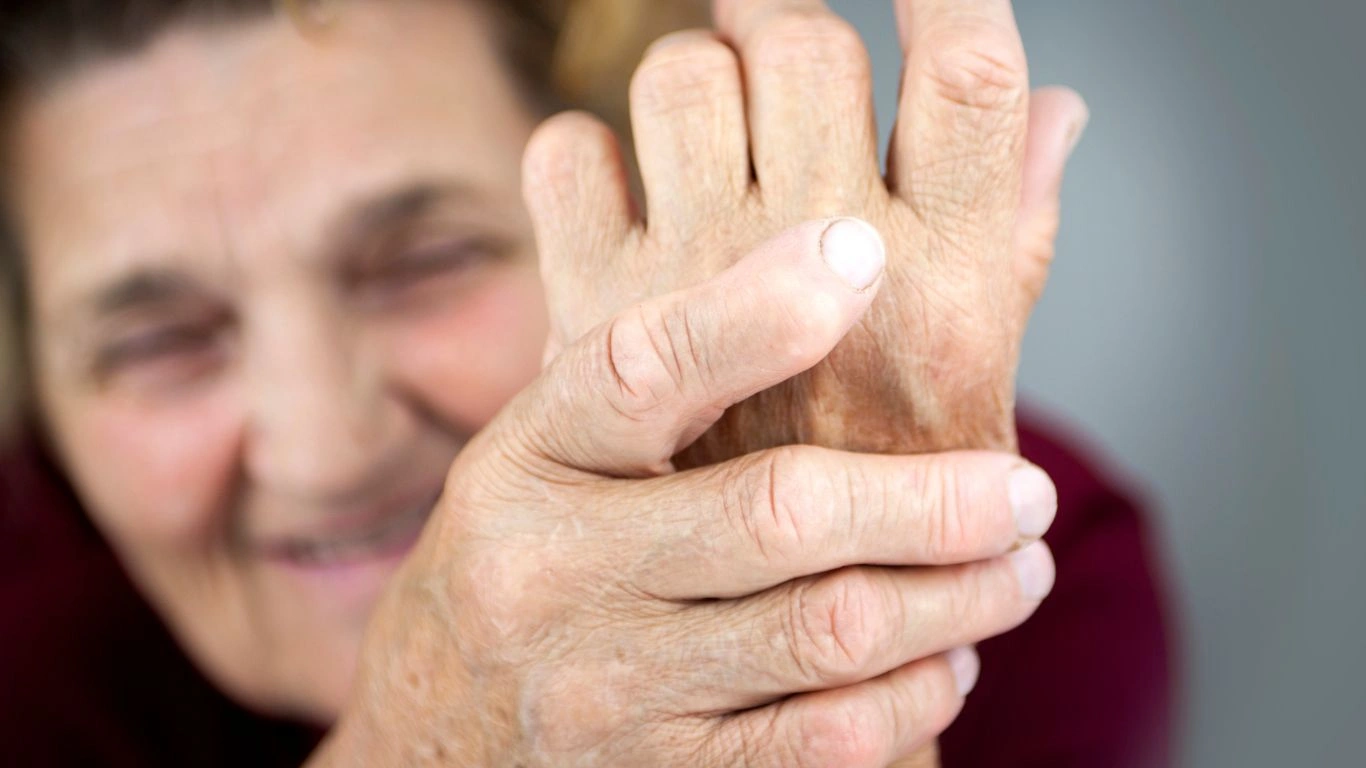
RA is a full-body condition, and that includes how stress and sleep affect your skin. I often tell patients: if you can find ways to manage stress and improve your sleep, you’ll likely see benefits in both joint pain and skin health.
Stress can trigger immune responses that flare up both arthritis and skin sensitivity. It’s a vicious cycle—stress worsens symptoms, symptoms cause stress. Breaking that cycle is key.
Simple Stress-Busting Techniques
- Deep breathing or meditation: Just a few minutes a day can help lower inflammation markers.
- Gentle exercise: Walking, yoga, or stretching releases endorphins and improves circulation, helping your skin and joints.
- Creative outlets: Journaling, painting, or music can give your mind a break from pain and worry.
And about sleep—quality rest gives your skin time to repair itself and your immune system a chance to reset. If you struggle with sleep due to pain or discomfort, talk to your provider. Sometimes small medication adjustments or sleep hygiene changes can make a big difference.
Myths and Misconceptions About RA and Skin Sensitivity
Before we wrap up, let’s clear up a few common myths I hear all the time:
- “Skin problems in RA are rare.” Nope. They’re actually pretty common, but underreported because people focus on joint pain.
- “If it’s not painful, it’s not serious.” Some skin symptoms may not hurt but still signal underlying inflammation or complications.
- “Only older patients get RA skin issues.” RA can affect anyone at any age, and so can skin problems related to it.
- “Changing meds will fix all skin problems.” Sometimes, but not always. Lifestyle and skin care matter too.
Getting the right info and knowing when to seek help can make living with RA and sensitive skin feel more manageable.
References and Resources
- American College of Rheumatology
- National Institute of Arthritis and Musculoskeletal and Skin Diseases (NIAMS)
- American Academy of Dermatology
Disclaimer
This article is intended for informational purposes only and does not substitute professional medical advice, diagnosis, or treatment. Always consult your healthcare provider with any questions you may have regarding a medical condition or treatment plan. Individual results may vary.

Tarra Nugroho is a dedicated Nurse Practitioner with a strong foundation in family and preventive care. She brings both compassion and clinical expertise to her practice, focusing on patient-centered care and health education. As a contributor to Healthusias.com, Tarra translates medical knowledge into clear, empowering articles on topics like women’s health, chronic disease management, and lifestyle medicine. Her mission is simple: help people feel seen, heard, and informed—both in the clinic and through the content she creates. When she’s not caring for patients, Tarra enjoys weekend hikes, plant-based cooking, and curling up with a good health podcast.
